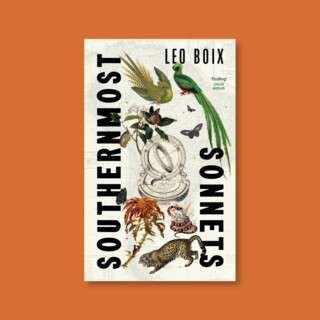For the Love of Acid
Posted by the Cake Shop

Terry’s at the onset of a new fermentation obsession: engaging with one of the ancient foundations of flavour as she learns to make her own vinegars from scratch.
Terry says:
Vinegar: my second love, after mother’s milk. I’m an acid lover and a vinegar freak – I love the mouthwatering, mouth-puckering intensity, the sharpness on the tongue, the floral aroma on the nose. Vinegar arrests the palate in the most satisfying way, increasing the enjoyment of most foods. It’s one of the most ancient and universal elements of culinary composition: every culture seems to have birthed a signature vinegar style.
We tend to think of vinegar as astringent and harsh, but in reality there are a myriad of beautiful variations. I tried a quince vinegar recently with a perfect, subtle tang, sweet and delicate – ideal for drinking. At the shop, we use a reduction of the liquid from our sweet cherry pickle to make spritzers: tangy and layered, with all the complexity of a negroni. A shot of vinegar is one of the best ways I’ve found to give depth to non-alcoholic drinks, and the range of possible flavours more than equals that of alcohols and liqueurs. It adds complexity to food in the same way – a dash of sherry vinegar can lift a heavy black bean stew out of the doldrums and make it sparkle.
While I’ve been making pickles, ferments and shrubs for many years, I’ve decided that now is the time to get to the heart of the matter and learn to make my own vinegars. To aid me in my experiments, I’ve been drawing on my favourite reference books – joyful resources which stimulate the punk-nerd centre of my brain. I’m starting with a celery vinegar from The Noma Guide to Fermentation, which the maverick authors recommend aerating using a fish tank pump. I’m hoping to get it perfected in time for Suffolk celery season.
Meanwhile, I’ve been dipping into Harold McGee’s Encyclopedia of Food and Cooking – deeply informative yet never dry – for a social-cultural history and scientific breakdown of vinegar, and spending some quality time in the acid section of Samin Nosrat’s Salt, Fat, Acid, Heat. I’ve got a few fundamental vinegar recipes from the Bar Tartine cookbook earmarked, and my old faithful – Sandor Ellis Katz’s The Art of Fermentation – at hand, as always
Top tip: try Jones ‘Trust Your Gut’ organic apple cider vinegar – it’s funky, favourable and truly delicious – and (as mentioned) the quince vinegar from Gimlet Bar.









